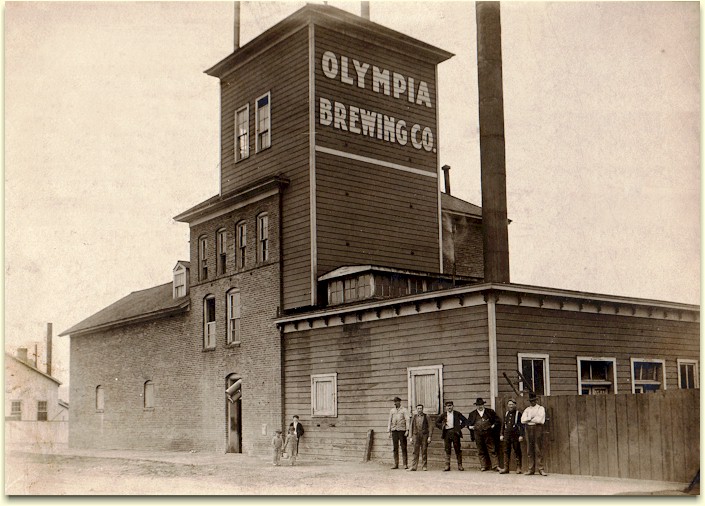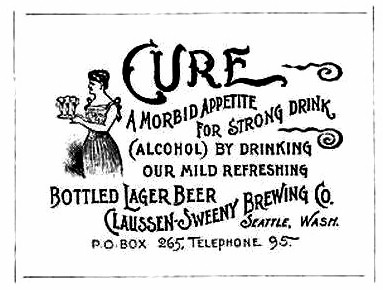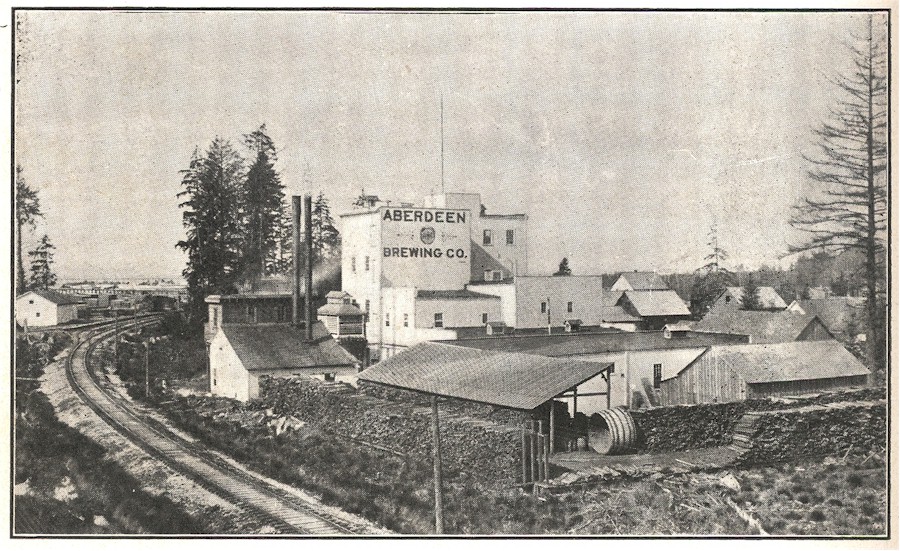Sustainability In The Brewing Industry:The Rise, Demise, and Resurgence of the Craft Brewery in America, Part I
By Jen Sotolongo
The story of the craft brewing industry in the United States is long and heartbreaking tale of how corporate brewing giants turned the brewing industry into a market for a cheap, tasteless drink in order to make big bucks. This ultimately reduced the industry to a paltry 80 breweries, run by 51 companies nationwide by the 1980s. It is a tale of how beer became a commodity rather than a means of social gathering, sustenance, and housewife duty and how the beer drinking community rebelled by defying law to bring back the local brewery.
In this and the following blog installment, I will highlight the unintended consequences of the Industrial Revolution, Prohibition, and tax policies that hindered the craft brewing industry, made clear to me by Chris O’Brien’s magnificent book, Fermenting Revolution: How to Drink Beer and Save the World. While I’ve read many great accounts of the history of brewing in America, none have touched upon the ramifications to society in the way that O’Brien has.
We can credit our first president for kickstarting thecraft brewing industry in the United States. George Washington loved porters. He loved them so much that in 1789, in an effort to snub the former English colonizers, he announced the “Buy American” plan, declaring that he would only drink porter made in America. New policies soon followed Washington’s campaign. That same year, James Madison passed a bill to maintain low taxes on domestic beer production, encouraging colonial settlers to boycott British imports and drink local beer. By 1873, the number of commercial breweries in America totaled 4,131, which remains a record to this day.
During this time of increased drive for local breweries, the Industrial Revolution began to take root on American soil. With the creation of the steam engine, refrigeration, pasteurization and other inventions, beer production and distribution became much easier and faster.
At the same time, German immigrants arrived to the United States in search of industrial jobs, bringing with them their passion for malty, lightly-hopped beers. The first American lager was brewed in Philadelphia in 1840. Soon, Americans developed a taste for lagers, and by 1857, they began to outsell ales. The popularity of these lagers, coupled with the ability to mass produce and distribute beer on a larger scale, led to the beginning of the demise of the craft brewer. Smaller breweries could not keep up with the competition, and, sadly, the number of breweries began to quickly diminish.
To make matters worse, the IRS saw the advantage in taxing breweries, which further bolstered the expansion of large, corporate breweries and facilitated the consolidation of the independent breweries who could not afford the new taxes.
According to O’Brien “male-led industrialization, not Prohibition” is the true cause of the destruction of the brewing industry. During the Industrial Revolution, Americans traded rural living for life in the city, putting in long, hard hours as industrial workers. In Fermenting Revolution, O’Brien comments that:
This dehumanizing process caused feelings of powerlessness, loss of identity, and lack of self-confidence. One symptom of this social trauma was a dramatic increase in destructive drinking practices, which soon became a serious social problem…
With Prohibition looming, the craft brewing industry was doomed. What was once a means of sustenance, income for the women brewsters, and community gatherings, beer was now viewed as an economic commodity, with profit serving as the main driver for brewing. By 1918, the United States had just one quarter the number of breweries operating as it did 45 years prior.




The author of the book that Sotolongo is effectively summarizing is, last I knew, “Director of Sustainability” of American University, a fairly left-leaning university in Washington, D.C. Do you think this might just alter his viewpoint over, say, that of an industrial or business historian or economist? Do these writers really know nothing of the economies of scale and mass production? And are they deliberately ignoring the large influx of Germans to America in the middle part of the 19th Century, and its potential impact on beer tastes and demand?
I seem to recall that there used to be hundreds of small, independent automobile builders a century ago. Many of them were fine craftsmen, building quality products still admired and coveted today. You could easily support your local craft car builder, if you could even afford the outrageous cost of such craftsmanship. I’m surprised we don’t also have such things as craft computer builders, craft telecommunications devices, craft airlines, and the like in the year 2012. They could all sustainably make their own circuit boards and airplanes and computer chips, knowing that they were causing no environmental harm….
Is…it…satire? This can’t be for real, right?
Interesting book, Jen and can’t wait to hear more about the history of brewing beer. It is fascinating to me that America has such a long history of brewing beer, as I often think of England and Germany and Belgium being the experts (might have something to do with my dad being British) so I really enjoy hearing the long and large history brewing had in the U.S. pre-Industrialization. My grandmother in Minnesota always brewed beer and wine but I never thought of the women selling it beyond the family – how prevalent was this practice?
What a great piece on the history of beer and within the States. I love the snapshot of the early history to the present day. The numbers astound me: 4138 back in the late 1800’s. Thanks for beginning this journey and keep up writing true to who you are and what you believe in. I know that we are still fine tuning our niches and skill sets around our Right Livelihood. I applaud you for taking this on and braving the public viewpoints!
Lots of interpretive liberties being taken here. Can’t wait to see what gets twisted around in part 2. On second thought…never mind.
Interesting look back at the history of beer in the US from a unique perspective. I don’t really see what’s getting the ire of other commenters. Is it really such a stretch to consider the role of community and women brewers in a larger context? I for one am looking forward to hearing more.
Cheers to you for serving up something different instead of the same old tired pablum!